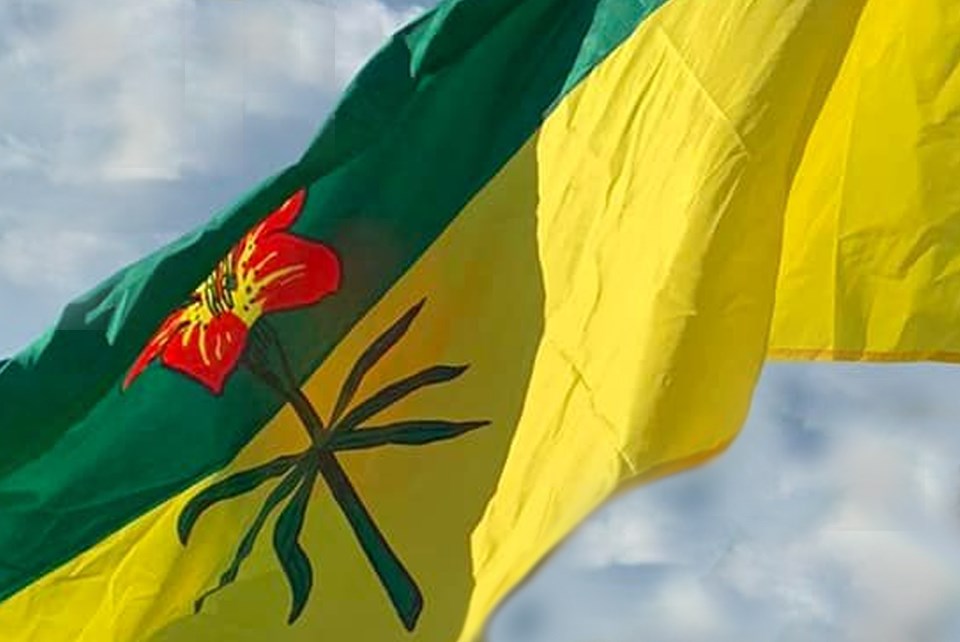VANCOUVER – A new poll that sees the Saskatchewan Party ahead of the NDP in the early stages of the provincial electoral campaign, also sees more men than women voting to return the incumbent party.
In the online survey of a representative provincial sample by Research Co, 51 per cent of decided voters would support the Saskatchewan Party’s candidate in their constituency, while 43 per cent would vote for the New Democrats. The Green Party is third with 3 per cent, while 2 per cent of decided voters would back other parties or independents.
“The Saskatchewan Party has a 15-point advantage over the NDP among male decided voters (55 per cent to 40 per cent),” says Mario Canseco, President of Research Co. “The two parties are virtually tied among female decided voters (Sask. Party 48 per cent, NDP 47 per cent).”
Canseco is a sought-after commentator on political and sociological issues. Starting in 2007, Canseco’s work as an electoral forecaster in four different companies has resulted in 127 correct predictions of democratic processes in Canada and the United States.
Cansecon say that on a regional basis, the poll indicates a close race in Saskatoon (NDP 47 per cent, Sask. Party 46 per cent). The governing party is ahead in Regina (51 per cent to 45 per cent) and in the rest of the province (61 per cent to 35 per cent).
Support for the Saskatchewan Party is highest among decided voters aged 55 and over (56 per cent) and falls slightly among those aged 35-to-54 (52 per cent) and those aged 18-to-34 (48 per cent). Conversely. the New Democrats fare better with the youngest adults (46 per cent) but drop among those aged 35-to-54 (43 per cent) and those aged 55 and over (39 per cent).
More than half of likely voters in the province approve of the performance of both NDP leader Carla Beck (58 per cent) and Saskatchewan Party leader Scott Moe (54 per cent).
Fewer than two-in-five likely voters approve of five other leaders: Rose Marie Buscholl of the Progressive Conservative Party (35 per cent), Naomi Hunter of the Greens (34 per cent), Teunis Peters of the Saskatchewan Progress Party (33 per cent), Jon Hromek of the Saskatchewan United Party (29 per cent) and Phillip Zajac of the Buffalo Party (25 per cent).
Canseco says Beck posts an impressive momentum score of +14 (with 30 per cent of likely voters in Saskatchewan saying their opinion of her has improved since the start of the campaign). Moe’s score on this question is even (24 per cent of respondents say their views on him have improved, and 24 per cent say they have worsened).
Moe holds the upper hand on Beck when decided voters are asked who would make the “Best Premier” of Saskatchewan (42 per cent to 29 per cent), with Hunter at 9 per cent, says Canseco.
Issues identified
Similar proportions of likely voters in Saskatchewan select two issues as the most important ones facing the province: health care (27 per cent) and housing, poverty and homelessness (26 per cent). Fewer respondents are primarily concerned about the economy and jobs (18 per cent), crime and public safety (10 per cent), education (5 per cent), the environment (3 per cent) and accountability (2 per cent).
Moe leads Beck when respondents are asked about the person best suited to manage four issues: energy (40 per cent to 30 per cent), the economy and jobs (39 per cent to 29 per cent), crime and public safety (36 per cent to 30 per cent) and government accountability (36 per cent to 30 per cent).
Beck is ahead of Moe in health care (38 per cent to 32 per cent) and education (37 per cent to 29 per cent). The two leaders are virtually tied on two other issues: housing, poverty and homelessness (Moe 36 per cent, Beck 34 per cent) and the environment (Beck 32 per cent, Moe 30 per cent).
Methodology: Results are based on an online survey conducted Oct. 7- 9 among a representative sample of 500 likely voters in Saskatchewan, including 413 decided voters in the 2024 provincial election. The data has been statistically weighted according to Canadian census figures for age, gender and region in Saskatchewan. The margin of error—which measures sample variability—is +/- 4.4 percentage points for likely voters and +/- 4.8 percentage points for decided voters, 19 times out of 20.
Find the poll data tables here.




